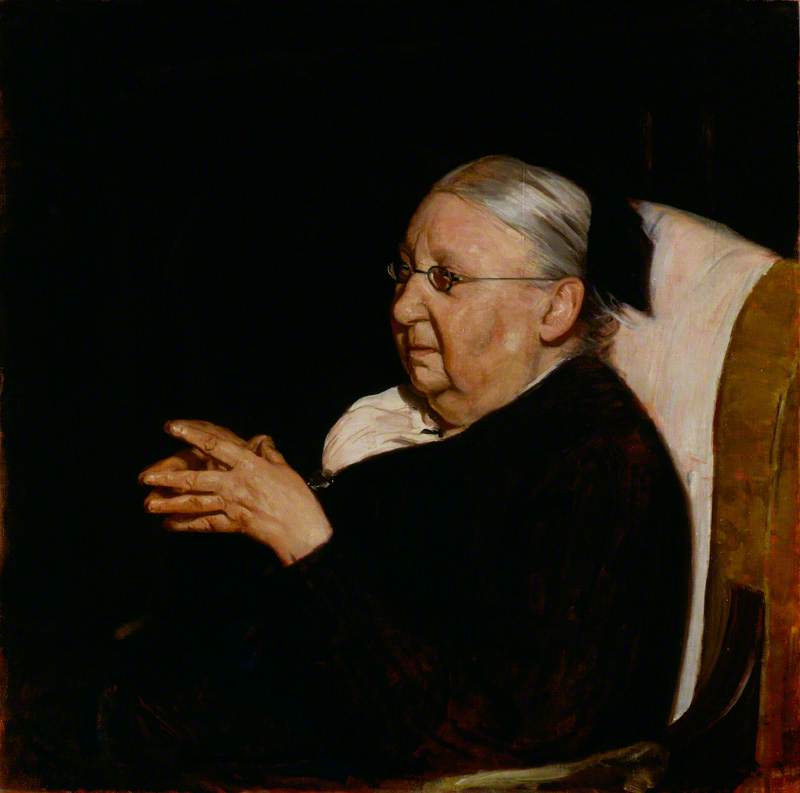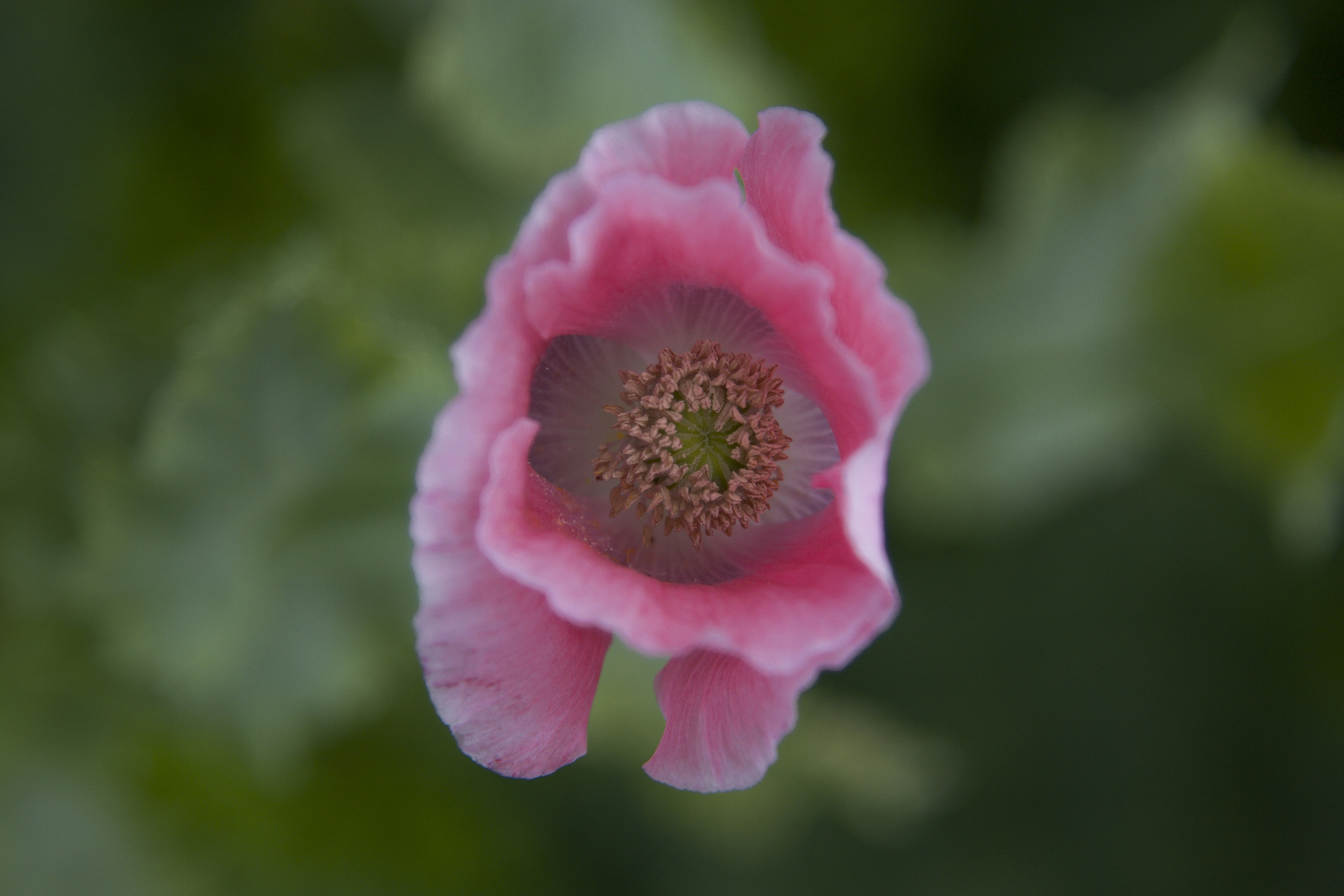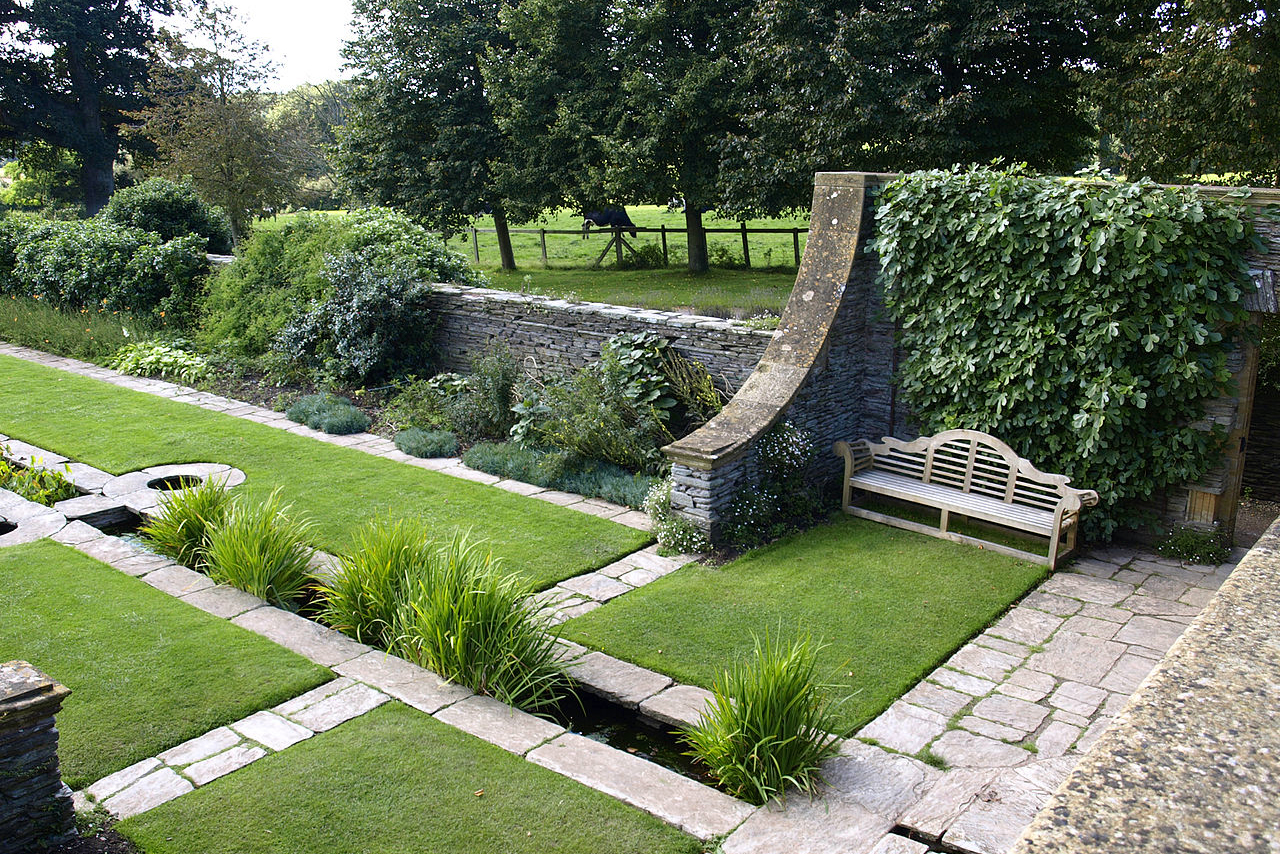Lessons From Gertrude Jekyll, Then and Now
They may have nothing but pride for their produce, but gardeners are some of the most humble people on the planet. Maybe it’s because nature is the master as well as the medium: a malleable naturalistic force that cannot be tamed; perhaps the act of crouching on one’s knees in the dirt and the mud for hours on end under the hot sun saps any braggadocio associated with tending the earth.
Gardening is a decorative art largely rooted in communities of plants and people, rather than any singular individual, so when we admire our neighbor’s carefully-tended plots, our oohs and aahs aren’t so much directed at the groundskeepers, but the gardens. Sometimes, however, our democratic, communal understanding of agricultural ownership and innovation fails to recognize the garden designers whose genius continues to permeate today’s yards.
Nowhere is this more apparent than in the case of Gertrude Jekyll, the legendary British horticulturalist and designer whose remarkable designs and subtle, symbiotic approaches to color and form can be felt in gardens worldwide. Without Jekyll, the modern garden wouldn’t exist – at least, not in the way we picture it. With more than 400 gardens, 13 books, and 1,000 articles to her name, she is one of, if not the, most legendary green thumb in the world.

Portrait of Gertrude Jekyll by William Nicholson, painted October 1920; commissioned by Sir Edwin Lutyens, donated to the Tate Gallery in 1921
Jekyll was born in 1843 in London, and spent her formative years on the family estate in nearby Surrey. At seventeen, she left home to enroll in a painting program at the Central School of Design in Kensington (one of the first women to do so). The young Jekyll studied under John Ruskin, one of the preeminent art critics of the time, taking particular interest in the work of impressionist painters like J.M.W. Turner as it related to the garden.
By the time she graduated, she had assembled a sterling aesthetic toolkit: a penchant for translating the color and texture of impressionistic brush strokes into flowers and shrubs, an understanding of the ways in which plants’ appearances changed during various points of their life cycle and throughout the year, and a strong grasp on color theory to create eye-pleasing gradients. These sensibilities weren’t hard-and-fast rules, but rather philosophical design tenets that changed depending on the client and the nature of the garden itself.
Writing for the Journal of Experimental Botany, Professor Richard Bisgrove identifies several motifs and aesthetic strategies present throughout Jekyll’s gardens, highlighted in her 1925 work Color Schemes for the Flower Garden. First, Jekyll believed in planting “things that will follow in season of bloom and that can be trained to take each other’s places.”

As a proponent of dynamic planting, Jekyll often planted often planted poppies next to plants like Gypsophilia so that when the poppies died back, the gypsophilia would rise up and bring new life to the land.
In other words, every flower bed was designed to exist dynamically, even cyclically; she often planted poppies next to Gypsophilia, for example, so that when the poppies died back, the gypsophilia would rise up and bring new life to the land. As Jekyll pointed out, the process was not as simple as planting two specimens which bloomed at different times and calling it a day; she noted that “It must not be supposed that they are just lumped over one another,” insisting that gardeners endure “successes and losses” before arriving at the proper balance.
As an art student, Jekyll understood the importance of perspective, as well as color, in helping people see the garden in the best light possible. Sometimes, this entailed using tall plants like sunflowers in unconventional ways. “If this [growing tall] were all it could do, it would not be in my flower border,” Jekyll writes. “But in front of it grows the fine Tansy-like Achillea eupatorium, and in front of this again a wide-spreading group of Eryngium oliverianum…when the bloom of these is done the tall Sunflower is trained over them – this pulling down, as in the case of so many plants, causing them to throw up flower stalks from the axils of the leaves.” By using sunflowers in this way, Jekyll set a precedent for future gardeners to develop similar multidimensional approaches to their own beds.

Hestercombe Garden
Jekyll’s signature flower borders remain her most well-known legacy, and provide a facsimile through which to understand her genius on a broader level. Prior to her rise in popularity, the English garden found itself wedged in a stubborn dichotomy between artifice and nature. Some argued that the gardener’s job was to keep order over his or her carefully-curated space by removing plants which interfered with the manicured ground plans; others insisted that the garden was nature’s domain, and had to be preserved through limited human intervention (not just a lack of patios and paths, but a wilder garden).
Jekyll’s flower borders found a compromise between these drastically different concepts of the garden by combining the geometric elegance of lines, form and structure with Mother Nature’s humble sensibilities. Jekyll’s alternating use of hot and cool color patterns in the borders belied her art school credentials, but they manifested themselves with the naturalistic grace of a Turner painting.
“The best purpose of a garden,” writes Jekyll, is to give delight and to give refreshment of mind, to soothe, to refine, and to life up the heart in a spirit of praise and thankfulness.” Sadly, many of Jekyll’s gardens fell into disuse after World War II – but a number of them, including the storied Munstead Wood in Surrey, continue to entertain visitors.
Her ideas have also been immortalized in print: not just in her own works, but in books like Gertrude Jekyll and the Country House Garden, a phenomenal retrospective by landscape historian Judith B. Tankard. Just don’t read them with prescriptive expectations. Jekyll’s design philosophy espoused innovation through experience – testing out different flower combinations, keeping track of what dies (and lives) and when, and bringing in as little outside artifice as possible.


































